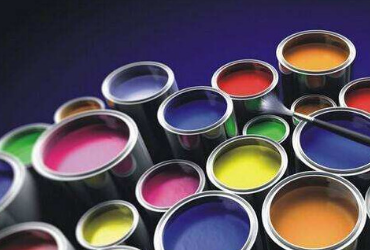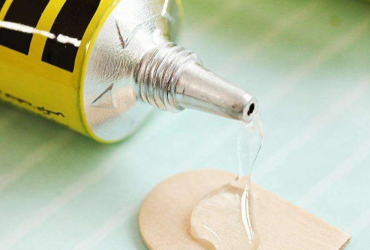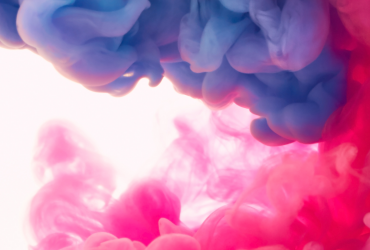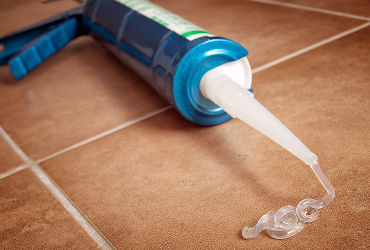Dual-cure UV resin is designed for applications where consistent, reliable curing is essential—especially in environments where UV light cannot reach every area of the bonded interface.
Read MoreThis year, Lencolo presents the theme “New Factory, New Materials, New Journey.” It reflects not only our strategic direction, but also our continuous evolution.
Read MoreIn UV formulations, slow curing is often associated with low crosslink density, while cracking is linked to excessive crosslinking and internal stress.
Read MoreBut in reality, UV/EB curing has been safely used in industry for decades, supported by scientific research, engineering standards, and extensive field experience.
Read MoreUV epoxy resin has become a trusted material across industries where precision, durability, and visual quality matter most. From electronic encapsulation to creative design, its efficiency and versatility make it an ideal solution for both industrial and artistic applications.
Read MoreReactive amines play a critical role in UV-curable coatings by accelerating the photopolymerization process.
Read MoreDuring UV coating or molding processes, coatings or molded parts often stick to the mold or surface, making demolding difficult.
Read MoreIn vacuum plating production, many surface issues are not caused by the plating process itself but by insufficient surface protection. Problems like peeling, dullness, or uneven finish can directly affect product appearance and consistency.
Read MoreOur High-Performance UV Surface Treatment Agent is built on a special polysiloxane polymer that combines environmental friendliness with energy efficiency.
Read MorePhotoinitiators are indispensable components in UV-curable coating systems. They absorb ultraviolet or visible light and generate reactive species that initiate polymerization. This process converts liquid formulations into solid, crosslinked coatings within seconds, enabling fast production and high-performance surfaces.
Read More

2022-08-03




2025-01-06


2022-07-06

2022-04-21
